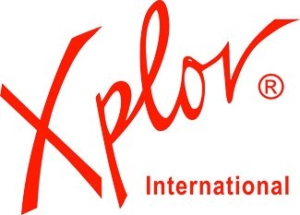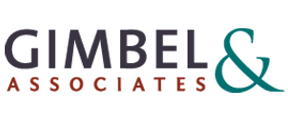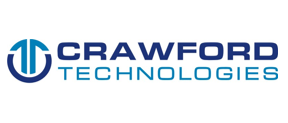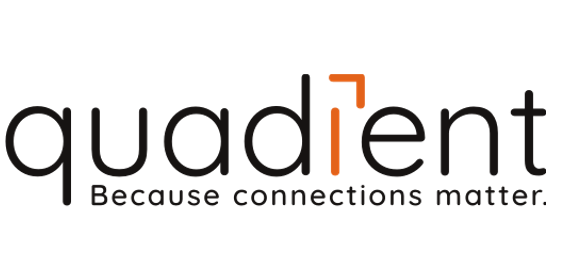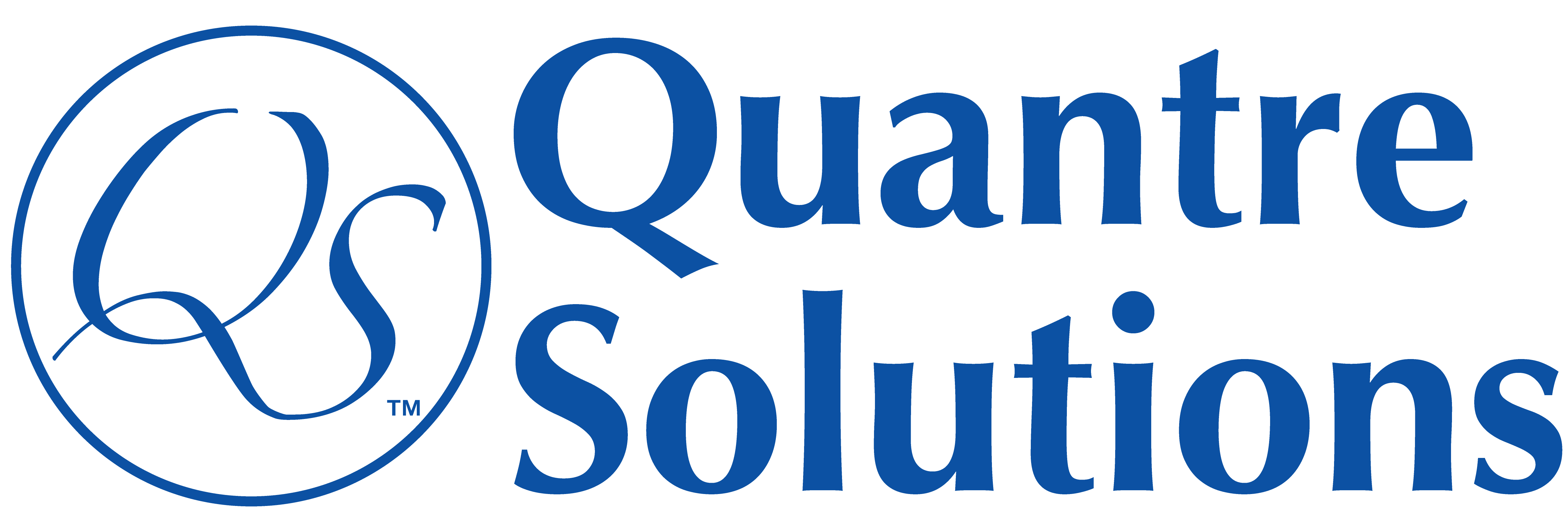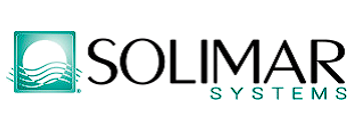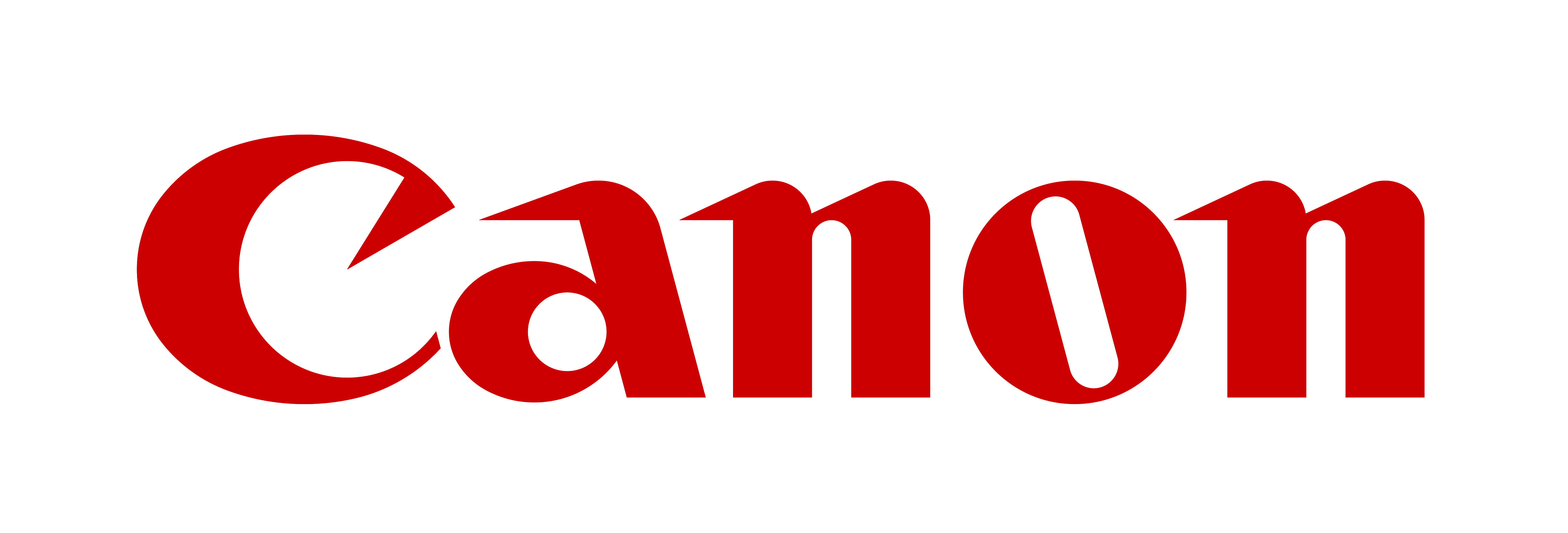
As in most skill and knowledge domains, there are two major categories of work: developing and operating. Be it sales, product development, print-for-profit or in-house billing work, we have to first design and implement a solution and a process, and then we operate and maintain them.
In both categories, there is a chronological sequence of activities. The EDBOK is structured to reflect this chronology. First, it describes the document systems development lifecycle, then goes on to describe the document production workflow. What follows here is a précis of each of the topics that comprise the main body of the publication; to help set them in context and to summarize the flows.
Xplor’s roots lie in the sharing of technical experience and expertise. The EDBOK reflects that technical heritage, and one of our challenges is to broaden our knowledge base to encompass other aspects of document industry expertise. It’s our belief, though, that while the activities may have different names and characteristics they’re pretty much universal. So, feel free to impose your own skillset, work, and experience on these topics if necessary, to make them meaningful for you and to help you navigate the flows.
Document Systems Development Lifecycle
This section describes the process of developing a new or changed transaction document-related solution. There are many development methodologies, varying by and within industries. The names of the phases described in the topics in this section of the EDBOK are those that we in Xplor have adopted for our body of knowledge definitions. You may find that the methodology you follow uses different names and locates some activities in different phases. Regardless, you should be able to recognize their purposes and interdependencies and relate them to your own experience.
Requirements gathering
During this first phase of the project, the goal is, at a high level, to define the project’s purpose, core needs, scope, and stakeholders. The primary deliverable is a clear project definition that serves as a baseline explanation and agreement for all project participants.
Business analysis
During this phase, detailed investigations take place to document the changes in business processes (manual and automated), and develop the project cost-benefit analysis based on current costs, forecast cost-savings, new costs, business benefits, costs of conversion, and potential costs of inertia.
Technical analysis
During this phase (which is usually concurrent to Business Analysis), a technical investigation into detailed business requirements is conducted. This identifies the current state of technology or process, the desired state of technology or process, the gaps to be closed, and the anticipated project path to the desired state.
At the end of business and technical analysis, the detailed requirements (what functionality is required) should be clearly understood and documented.
Stakeholder agreement
Stakeholder engagement and agreement is key to the success of any project; indeed, without clear stakeholders there should BE no project. However, at this point in the lifecycle, when the problem is clearly defined and the cost-benefit analysis is more confident, stakeholders can commit (or not) to supporting its progress through to implementation.
Architecture
This and the subsequent step, Design, are often combined into one. Architecture defines the high-level structure of the solution, and what software, hardware, CRM or other platforms (typically an organization’s strategic tool set for this kind of deliverable) should be used. Either here or in Design, document integrity controls will be specified, spanning every step of the production process.
Information Design
In this phase, included in the project if a new or redesigned document is involved, the document is designed to convey the necessary information clearly and effectively. Information design is the defining, planning, and shaping of the contents of a message and the environments (paper, web, mobile, special needs) in which it is presented, with the intention of satisfying the information needs of the intended recipients. Unlike most other phases in the development lifecycle, this is not technical work, and is best addressed by a specialist in the field.
(Project) Design
During this phase, program, data and job-flow designs, document factory layouts and workflows, or other specifications are produced to a level of detail that will enable the next step, Development (Build) to proceed. During Design, final document layouts may be devised, the data dictionary data-elements specified, and all document objects identified.
Development
During the Development (or Build) phase, programming work, hardware installation and equivalent activities take place.
Critical Communications Recovery (Disaster Recovery)
During this phase, plans, procedures, and services are put in place to ensure that, in the event of a major disruption to business operations (e.g. fire, flood, sustained power, or telecommunications outage), the production of documents and the cash flow, legal compliance, customer service and brand image they represent is preserved.
Test and QA
During this phase the built solution from the previous phase is subjected to testing to ensure that it works as designed, performs to expectations, and meets client requirements. This can include, for example: test case development and execution; paper and environmental testing; data to post office testing, and parallel processing.
Production (Launch)
The tested and proven solution is now moved into production/operational use. Many activities are involved: initial staff training, often across multiple areas; preparing operational instructions; documenting ongoing management of process; staffing and personnel management; logistics planning; paper and environmental monitoring, and service level management. At the end of this phase, the solution is implemented and delivers its benefits to the organization.
Maintenance
A newly implemented solution often comes with a warranty period, during which any problems will be resolved free of charge. Maintenance involves: error correction (not meeting all the documented and agreed requirements, or failing in some manner); ongoing training; online or call center technical support; continuous process improvement, and ultimate decommissioning.
Document Production Workflow
This set of topics describes the production flow of creating transaction documents, from data to doorstep, or host to post as it has been described. The key element here is the variable nature of the data: every document is unique, and a core facet of workflow management is ensuring the integrity of the production process at every step in the chain.
Data
Transaction documents generally represent a point in time snapshot of (typically a customers’) data. This topic describes the types of data likely to be encountered, its extraction, normalization and formatting into human- readable form, and collation ready for the Composition step.
Document Objects
Document Objects are the myriad items used repeatedly across many documents and document types, both to present the variable data and as other components of the composed page and its layout. They include text objects, fonts, images, graphics, tables, and style sheets. This topic explains their intricacies and variations, and how to best manage them.
Composition
Composition systems play an extremely important role in document production. These systems apply business and document design rules to convert data and document objects into print files containing documents and mail-pieces. The topic discusses output file types (print, display, XML), integrity files, layout fundamentals, conditional processing, and postal preparation.
Print Streams
The print stream describes the document and carries the document contents to its presentation medium (paper or display), archive, and other destinations. The topic describes the major print streams, their key attributes and their applications.
Transformations
The topic describes manipulations (changes to a print stream such as adding barcodes, making use of white space or carrying out address hygiene) and transformations (converting from one print stream type to another).
Print Management
Print management systems optimize the production workflow, maximize the effective use of available equipment through workload management, provide breakdowns of production costs, and ensure that all documents are printed.
Electronic Presentation
Transaction mail production includes the creation of legal documents that will be delivered electronically. The topic discusses the general principles of multi-channel / multi-media presentation, the options available, and when to use them. This includes PDF, XML schemas, and digital signatures. It also includes any technology or practices that prove the authenticity and irrefutability of the document.
Web and Mobile Delivery
Device characteristics, user experience and document access patterns differ widely across different sizes and forms of device. This topic discusses these facets of the document journey, and highlights considerations for successful implementations.
Archiving
As part of the production of transaction documents, organizations usually keep a legal copy for future reference. These copies-of-record service include customer service objectives (call center queries, requests for additional copies, court orders, etc.), and legal retention requirements. The topic discusses business reasons to archive, promoting system-generated correspondence into an archive, and indexing metadata.
Printing Technology
High-speed printing systems create most of the transaction documents within our industry. This topic describes the history of transaction document printers, and describes laser and inkjet printer features and characteristics, inks and toners, and cut sheet and continuous models.
Inserting Technology
Insertion (or enveloping) is the most mechanically complex, the least automated, and the most subject to environmental factors and operator error. The topic discusses the sub-components of a production inserter, use of barcodes to manage the process, software-based document control, and envelope inkjet printing.
Delivery Process
This topic discusses postal history, treaties, regulations, processes, optimization of the cost of postage, postal barcodes (such as USPS Intelligent Mail Barcode), and envelope and address specifications.
Questions? Please contact edp@xplor.org.
